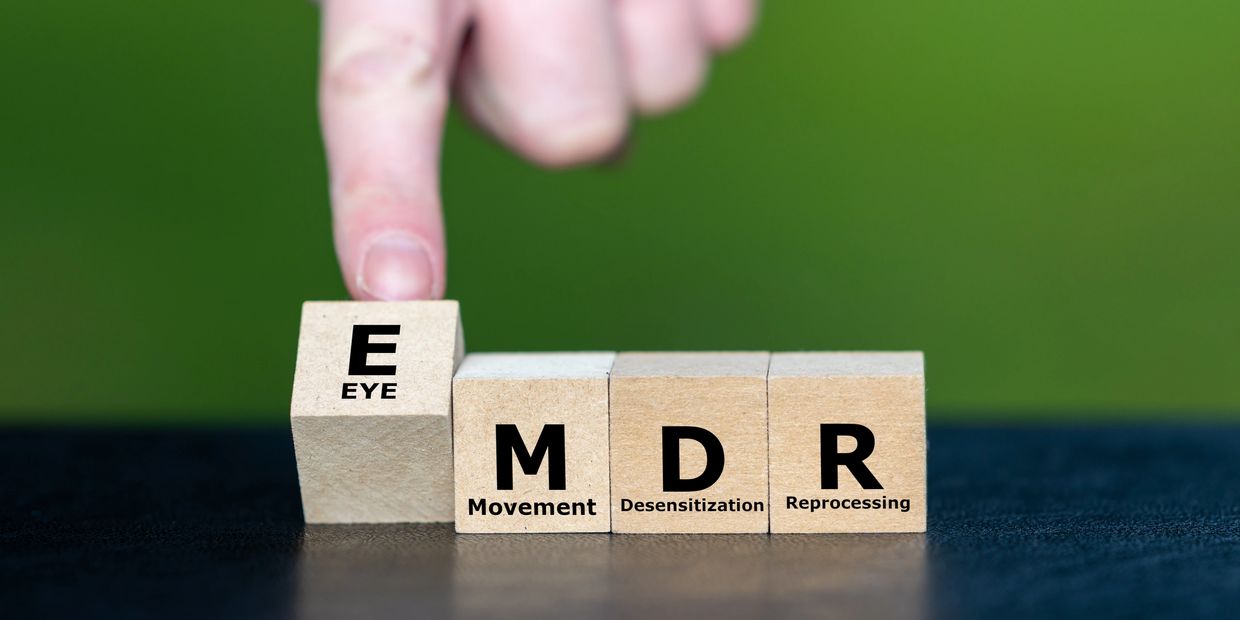
Empowering Change with Carlsbad Family Therapy
Eye Movement Desensitization and Reprocessing (EMDR) Therapy
What is EMDR?
Eye Movement Desensitization and Reprocessing (EMDR) is a structured, evidence-based
therapy designed to help people heal from trauma, distressing life events, and negative core
beliefs. EMDR was developed by Francine Shapiro, Ph.D., and has been extensively
researched as one of the most effective treatments for trauma and PTSD.
How It Works
When a person experiences trauma, memories can become “stuck” in the brain in ways that
continue to trigger emotional and physical distress. EMDR helps the brain reprocess these
memories so they can be stored in a healthier, adaptive way.
• The therapist guides the client to recall aspects of a traumatic or distressing memory while
using bilateral stimulation (eye movements, tapping, or sounds).
• This process helps the brain integrate the memory, reducing its emotional charge.
• Clients gain new insights, relief from distress, and a greater sense of calm and resilience.
What EMDR Can Help With
• Post-Traumatic Stress Disorder (PTSD)
• Anxiety and panic attacks
• Depression
• Grief and loss
• Phobias
• Negative self-beliefs (“I’m not good enough,” “I’m unsafe”)
• Stress from difficult life experiences
Benefits of EMDR
• Helps reduce intensity of painful memories
• Promotes emotional regulation and resilience
• Supports faster relief compared to some traditional talk therapies
• Backed by decades of research and recognized by the World Health Organization (WHO)
and the American Psychiatric Association (APA)
ReferenceShapiro, F. (2018). Eye movement desensitization and reprocessing (EMDR) therapy: Basic
principles, protocols, and procedures (3rd ed.). New York: Guilford Press.
Contact Us for More Information
If you have questions about our therapy services or would like to schedule an appointment, please don't hesitate to reach out to us.
This website uses cookies.
We use cookies to analyze website traffic and optimize your website experience. By accepting our use of cookies, your data will be aggregated with all other user data.